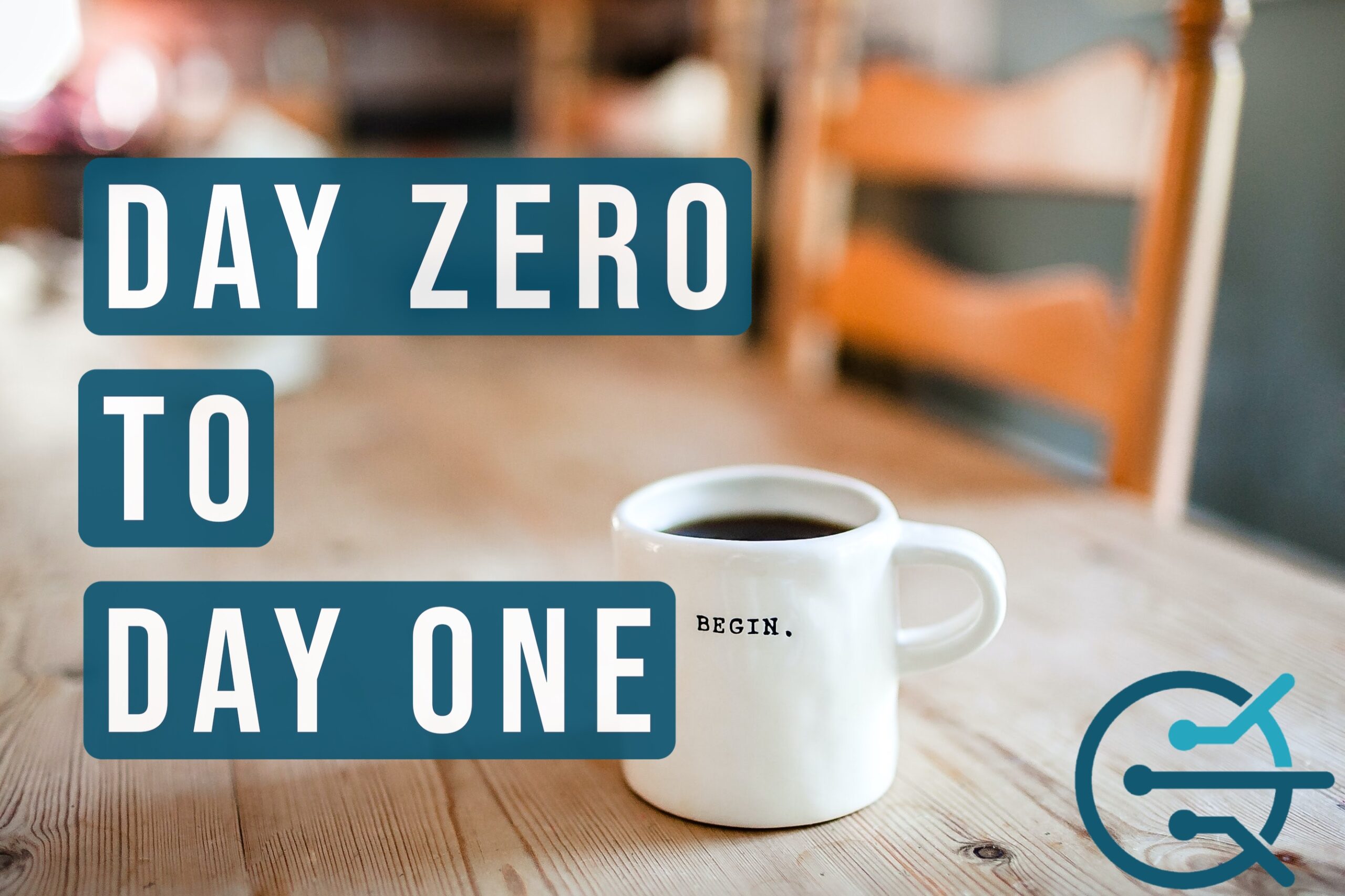This is the story about how CloudTruth got started and what we’re working on.
Part 1: Day Zero
TL;DR: How CloudTruth got started.
- Two friends have a hunch there’s a problem to solve in cloud configuration management.
- Diligent customer-validated research reveals the problem is bigger than imagined.
- Raised a VC-backed pre-seed round and now have an MVP and a grand vision.
Matt Conway and I are the Co-Founders of CloudTruth. We’re on a mission to help customers conquer the complexity of configuring their cloud infrastructure and applications. We’re interested in this “problem to solve” because configuration management is rapidly changing with the advent of container and serverless architecture patterns. Our thesis: Configuration is becoming distributed & decentralized and “pushed to the edge.” We’ll be offering a service to help customers gain visibility and control in the new world of distributed and decentralized cloud configuration (more on our mission later.)
I have known Matt for over a decade. We first met in 2008 when I was founder & CTO of Sonian (acquired by Barracuda in 2017) and Matt was CTO at Backupify (acquired by Datto in 2014). Over the intervening years we stayed in touch, often sharing updates at Boston CTO events. In those “early cloud days,” we commiserated on cloud infrastructure challenges (especially around deployment), configuration management, and reliability. This was the era of “classic EC2” architectures, which now feels like a lifetime ago. I left Barracuda in 2019 to help with a family health issue and to take some thoughtful time to consider what to do next.
During my “sabbatical,” Matt and I reconnected over coffee and I learned about his consulting business Simply Genius. The Simply Genius story is illuminating. 18 months earlier, Matt left Datto and started helping Boston-area tech & SaaS companies improve their technology and processes for managing their cloud infrastructure and application deployments. Matt was an early pioneer in Infrastructure as Code (IaC) techniques and is an expert on the open-source tool, Terraform. Matt was able to harness the Terraform engine to create a “cloud starter kit,” called Atmos (a play on the Terraform theme), which is available as open-source today. Drift, LinkSquares, CloudLock, and other leading companies benefit from Matt’s IaC expertise.
I suggested to Matt he should “productize” Simply Genius. He had already proven the value with his consulting customers. Plus, starting a technology company using “consulting as a service” as the catalyst is an efficient way to hone product-market fit. The timing was good for me to help Matt think about the business model and a product-market fit process.
We started to brainstorm different ways to offer Simply Genius in a SaaS model. To do this, we created a simple business model offering description and presentation and started calling prospective customers and investors from our mutual network. This was the beginning of our ideation process. Our mutual goal was to use real customer research to learn about their pain points and “jobs to be done.”
After speaking with dozens of potential customers, and checking the pulse of the seed investor community, we fine-tuned our thesis. The early feedback revealed we were onto something bigger than we initially thought. This was our first “micro pivot.” The pain points we consistently heard about were less about problems implementing infrastructure as code (which is what Simply Genius was focused on) and more about the lack of a single record of “configuration truth” to keep track of the daily volume of configuration changes across infrastructure and applications.
We paused to review our learnings. From the get-go, we wanted to use a quantitative and qualitative business opportunity review process. Our early instincts were to be very methodical with our research. We recorded (with permission) all interviews and used AI-enabled tools (Voice and Otter) to get transcripts for post-meeting analysis. This early decision has paid dividends over and over, as we now have hundreds of hours of recorded qualitative customer feedback to refer back to when we need to remind ourselves what customers told us (especially in the earlier interviews).
After revising our business plan with the new learnings, we went back to our network for further validation and started to reach out to prospective investors. This began a quick fundraising effort that concluded with a VC-backed seed round closing in the Fall of 2019.
During this process, Kevin Menard joined as Head of Engineering and Jason Haruska as Chief Architect & Principal Engineer. We’re thrilled this experienced team was able to come together so quickly.
In Part 2 I’ll describe our product-market fit process and how we decided on the first feature to offer.
Our bite-sized newsletter with DevSecOps industry tips and security alerts to increase pipeline velocity and system security.


